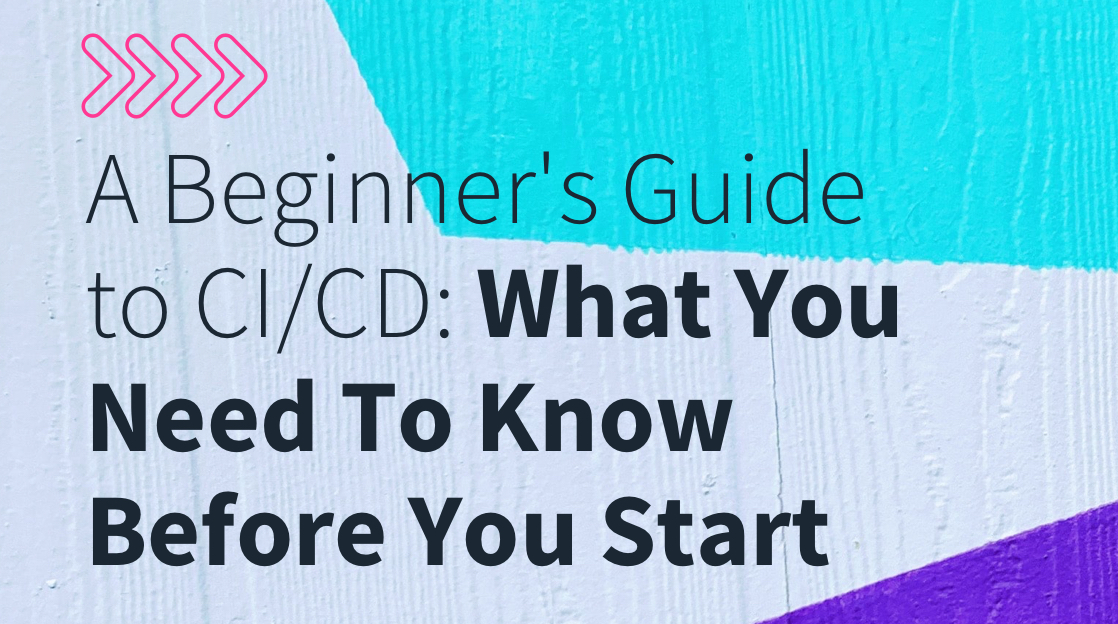A Beginner’s Guide to CI/CD: What You Need to Know Before You Start

When it comes to software development, there are a lot of moving parts. As a result, many developers turn to CI/CD (continuous integration/continuous delivery) to streamline the process and make things more efficient.
This article will give you a brief overview of CI/CD and what you need to know before using this method in your projects.
What Is CI/CD and Why Is It Important?
CI/CD is a process that automates the software development lifecycle, from code development to deployment. It allows developers to focus on writing code while the CI/CD system handles the rest.
Some benefits of using this method include:
Increased efficiency. CI/CD automates repetitive tasks, such as building and testing code changes, which can save time for developers.
Reduced errors. By automating the testing process, CI/CD can prevent errors and ensure that code changes are deployed correctly.
Improved quality. Automated testing can help improve code quality and ensure that changes meet the required standards before deployment.
Related: What is Docker and How Does it Work?
What Are the Key Components of a Minimum Viable CD Pipeline?
As mentioned before, the goal of a CD pipeline is to make it easy for teams to push code changes and have them automatically built, tested, and deployed. This way, teams can focus on writing code and not have to worry about the details of the deployment process.
A minimum viable CD pipeline should include the following steps:
Code commit. Code changes are pushed to a central repository.
Build. The code is built, and tests are run.
Deploy. If the build and tests are successful, the code is deployed to a staging environment.
Test. The code is tested in the staging environment.
Production. If the tests are successful, the code is deployed to a production environment.
What Should Your CD pipeline Not Do?
When setting up your first continuous delivery (CD) pipeline, avoid these common mistakes:
Canceling a deployment
Multi-region or multi-cloud deployment
Auto-scaling to dynamically add or remove instances
Managing many testing phases like performance testing, UI testing, etc.
Which Tools Are the Right Choice for Your Initial CD Pipeline?
The most stressful part about CI/CD is setting it up in the first place. DevOps teams must choose from various tools, which can be overwhelming. For example, if you’re looking for a tool that is easy to use and has a wide variety of plugins, Jenkins might be the right choice. On the other hand, if you’re looking for a tool specific to containerized applications, Kubernetes is probably the better option, due to its extensive container management capabilities.
When it comes to CI/CD, there is a lot to consider, but the most important part is preparation. Take the time to set up a minimum viable pipeline, and choose the right tools for your needs.
Still unsure about how to get started? Check out our online course “DevOps Fundamentals: How to Create a CI/CD Pipeline,” which walks you step-by-step through the process of creating a CI/CD pipeline.
Not a CBT Nuggets subscriber? Sign up for a one-week no-strings-attached trial to check out this course and others!
delivered to your inbox.
By submitting this form you agree to receive marketing emails from CBT Nuggets and that you have read, understood and are able to consent to our privacy policy.